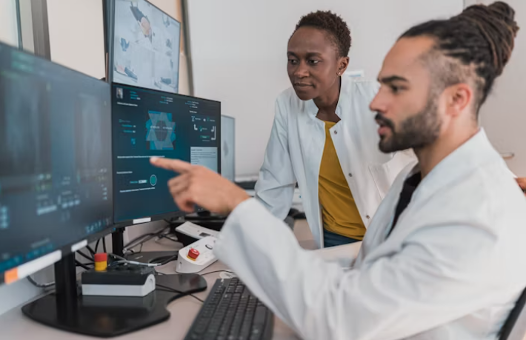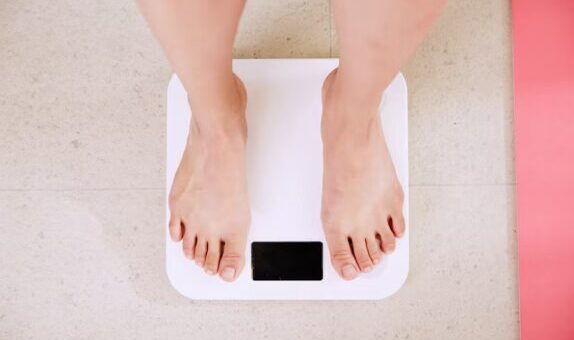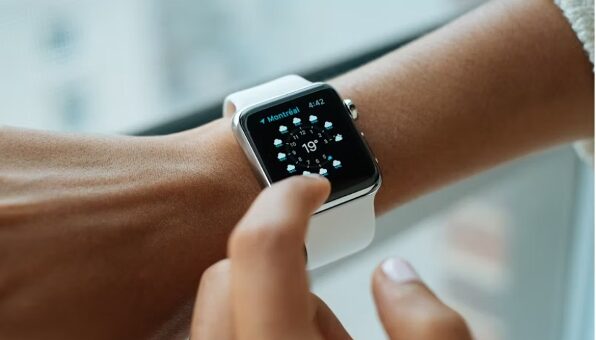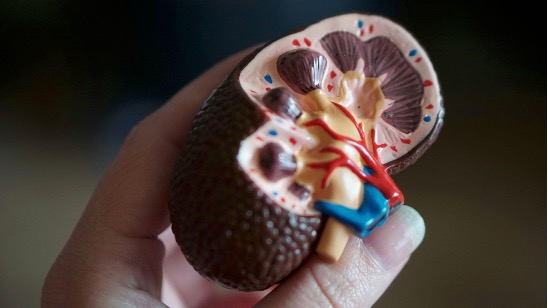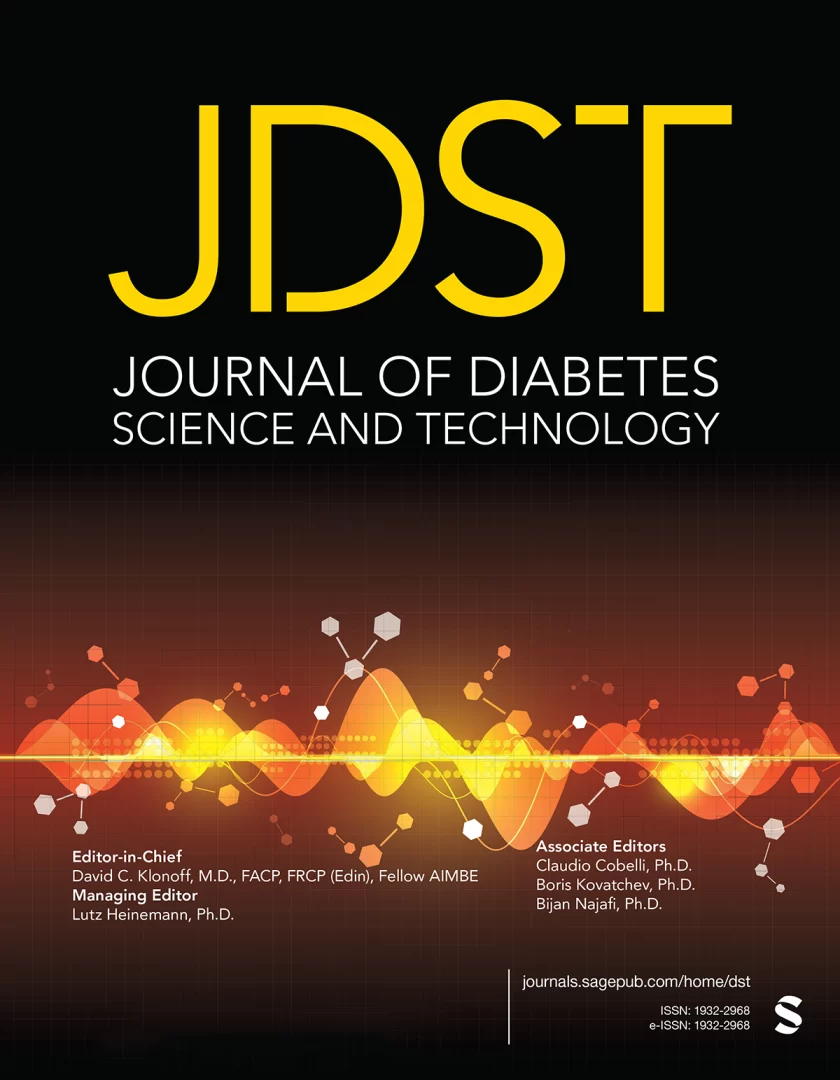FDA Drafts Guidelines to Improve Diversity in Clinical Trials
Original Article: https://www.medtechdive.com/news/fda-draft-guidance-clinical-trial-diversity/720134/
Ensuring Inclusivity in Medical ResearchWe know that certain serious diseases such as type 2 diabetes disproportionately impact certain communities (e.g., Black American and Hispanic/Latino adults), including those also experiencing health disparities. However, due to concerns from … [Read More]

